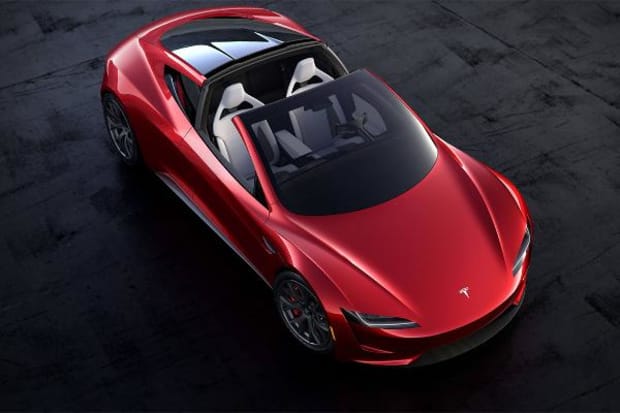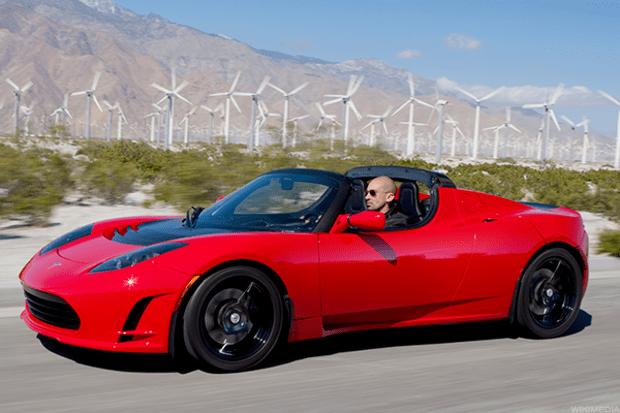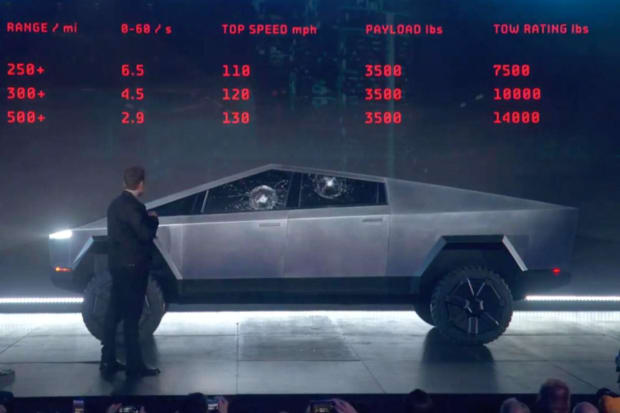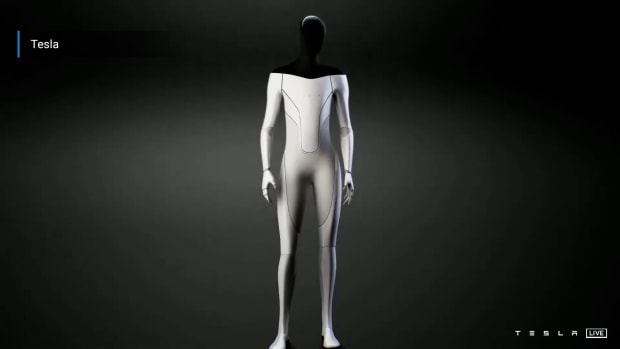Trilogy lovers will tell you that there are rules without which this one is doomed to failure. These rules are cardinal to keep the reader's attention until the end.
It is necessary to install the recurring characters of the history. The hero is generally unlikely; then you have to build the tension. Basically this first part of the trilogy is structured as if it were a singular story with characters who must overcome obstacles while the perils of this quest are more and more threatening.
In the second stage, it is necessary to introduce new characters and multiply the conflicts in order to open up other dramatic questions. The more the reader asks themselves questions, the more the tension persists. There are several distinct dramatic lines.
The reader is thus held in suspense while waiting for the third and last part.
Elon Musk, as his fans and critics now know, is an expert in the art of dramaturgy. When he does not provoke controversy he finds himself at the center of it in spite of himself. But he is never so masterful in the art of suspense when he leads the orchestra with his baton.
In August 2006, the billionaire introduced, via a blog post, what he called "The Secret Tesla Motors Master Plan (just between you and me)." A sort of secret guide to transform transportation and to save the planet from dying from pollution.


Part I of The Trilogy: Build an Affordable EV
If Musk was known in tech circles at the time for co-founding PayPal (PYPL) in 1998, the world was fascinated at the time by another charismatic entrepreneur, Steve Jobs, who promised to revolutionize the telephone with the iPhone.
"Background: My day job is running a space transportation company called SpaceX, but on the side I am the chairman of Tesla Motors," Musk wrote. "As you know, the initial product of Tesla Motors is a high performance electric sports car called the Tesla Roadster."
He added: "However, some readers may not be aware of the fact that our long term plan is to build a wide range of models, including affordably priced family cars. This is because the overarching purpose of Tesla Motors (and the reason I am funding the company) is to help expedite the move from a mine-and-burn hydrocarbon economy towards a solar electric economy, which I believe to be the primary, but not exclusive, sustainable solution."
It's the first stage of the "Master Plan": Build sports car; Use that money to build an affordable car; Use that money to build an even more affordable car; While doing above, also provide zero emission electric power generation options.
Did Musk, the hero of his own trilogy, and Tesla accomplish their mission?
The question undoubtedly divides. One thing is certain, things have not been easy. Tesla has produced and marketed the Roadster, the Model S sedan and the entry-level Model 3, which is an electric vehicle for the masses.

Tesla
Part II: Cybertruck and Autonomous Cars
In July 2016, ten years after the first volume of The Master Plan, Musk revealed the second volume.
"Part of the reason I wrote the first master plan was to defend against the inevitable attacks Tesla would face accusing us of just caring about making cars for rich people, implying that we felt there was a shortage of sports car companies or some other bizarre rationale," Musk wrote in July 2016. "Unfortunately, the blog didn't stop countless attack articles on exactly these grounds, so it pretty much completely failed that objective."
However, the bombastic billionaire added, "The main reason was to explain how our actions fit into a larger picture, so that they would seem less random. The point of all this was, and remains, accelerating the advent of sustainable energy, so that we can imagine far into the future and life is still good. That's what "sustainable" means. It's not some silly, hippy thing -- it matters for everyone."
He then exposed the pillars of volume 2: Create stunning solar roofs with seamlessly integrated battery storage; Expand the electric vehicle product line to address all major segments; Develop a self-driving capability that is 10X safer than manual via massive fleet learning; Enable your car to make money for you when you aren't using it.
Musk does not want to limit himself to the development of passenger cars. He wants to deploy electric and autonomous transport in public transportation.
Regarding public transportation vehicles, he wants them to be 100% autonomous by imagining them smaller and able to adapt their speed in the traffic of a city to achieve an improvement in the fluidity of urban traffic.
But it doesn't stop there.
The businessman also wants to rethink the service by removing fixed bus stops. He imagines the development of an app capable of calling the bus from your home, which would pick you up to drop you off at your destination in order to avoid detours to other passengers.
Musk's other ambition is to replace Uber (UBER). Indeed, once your car is autonomous, if you don't use it, why not make it available to other people who need it and thus earn money?
The billionaire wants to make driving completely autonomous and does not despair of one day seeing the autonomous car on our roads.
To summarize, in addition to the complete autonomy of vehicles, the utopian billionaire wants his company to become an expert in public transport and in solar panels. Musk wants to lead the world towards an energy transition by bringing it towards electricity consumption based on renewable energies.
Almost every vehicle announced in this volume 2 has been launched: the Model Y SUV, the very futuristic Cybertruck and the Heavy-duty-Truck Semi, even if the start of production of the last two is not expected until 2023 at least.
On the other hand, the bus or "high passenger-density urban transport" is still missing.
Tesla also merged with SolarCity.

Part III of The Trilogy: Bot?
On the other hand, we are still far from having autonomous vehicles. Tesla's advanced driver assistance software, Full Self-Driving (FSD), is under investigation from regulators. Musk, however, promised that Tesla cars will drive themselves by the end of the year. Only problem: he has already made such promises several times in the past.
That's not going to stop Musk.
The entrepreneur has just said he is working on volume 3 of his Master Plan.
"Working on Master Plan Part 3," Musk wrote to his more than 78 millions followers on Twitter on March 17.
He gave no details about the date or the announcement, thus opening the door to various speculations from his admirers. At the time of writing, the tweet has already been liked nearly 201,000 times.
"Includes the Bot obviously, and….?" commented one user, referring to Musk's projects in robots.
Musk indicated in January, during the fourth quarter earnings' call, that the next big product Tesla is working on in 2022 is Optimus, a human in a robot suit the company unveiled in August 2021. The Tesla Bot, as it was dubbed, would use the same artificial-intelligence (AI) systems that helped power Tesla vehicles, Mr Musk said.
"Does it have anything to do with Zombies? Or Zombie Inu’s?" another user commented.
The bets are open. No doubt Musk will surprise both his fans and detractors.







